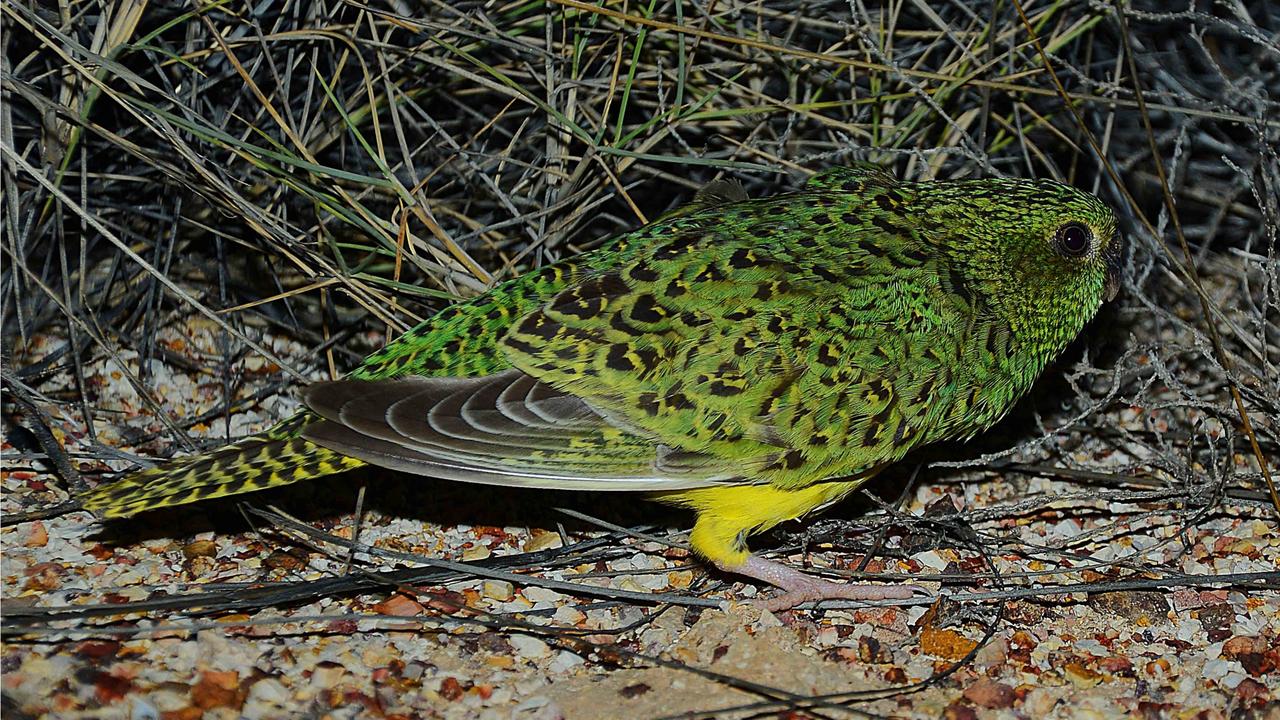Flying foxes flew into a frenzy during attack on woman
WHEN Carolyn Martin stepped on to her balcony, the last thing on her mind was that scourge of the developing world, rabies.

WHEN Carolyn Martin stepped on to her balcony in inner Brisbane, the last thing on her mind was that scourge of the developing world, rabies.
Or flying foxes.
The connection is the Australian bat lyssavirus, carried by fruit bats, and the three creatures that attacked Ms Martin, 35, late on Tuesday night last week.
It made her one of the 89 people in Queensland who have been exposed to the potentially fatal disease through run-ins with flying foxes this year.
In Ms Martin's case, one bat became entangled and scratched her left foot, drawing blood. Bat excreta was splattered on her face.
"It scared the daylights out of me," Ms Martin said yesterday, recounting how the act of shaking out a towel had provoked a frenzied response from the bats. "I don't know whether I spooked them, or whether there was something else going on."
Lyssavirus has killed two people in Queensland since being identified 16 years ago, and is untreatable in humans once it takes hold. The only medical response is to hit it with the rabies vaccine. Lyssavirus is closely related to the lethal rabies virus, carried in the saliva of infected animals including dogs.
For Ms Martin, that meant a gruelling course of injections with rabies immunoglobulin, nine of them in succession into the right cheek of her face. She will need further jabs, thankfully to the arm, before getting the all-clear.
"It was incredibly painful," she said of the facial injections, administered in a single session.
Ms Martin went public with her story, confronting Queensland chief vet Rick Symons at a Rural Press Club lunch in Brisbane yesterday after he described flying foxes as "cute". The three that rounded on her were anything but that, she said.
Dr Symons said infected bats could enter a "rabid stage" and attack people. "Generally flying foxes won't interact with people, and the reason they do is probably because of lyssavirus," he said.
However, he rejected speculation that numbers of the legally protected creatures were building up.
Ms Martin is not so sure. Never in the five years that she has had her unit in riverside New Farm have so many flying foxes nested in the palm trees overlooked by her balcony. Dr Symons, for his part, has a colony of about 500 bats near his home in St Lucia.
He was adamant that "the talk about flying foxes moving into suburbia" was a "perception issue", rather than the result of an expanding population. "It is about flying foxes looking for food sources and a safe environment," he said.
The good news is that no one exposed to Australian bat lyssavirus has become ill after receiving the rabies vaccine.
Queensland Health said the 89 notifications of bites or scratches involving bats so far this year was 42 per cent down on the 151 cases reported for the same period
last year.



